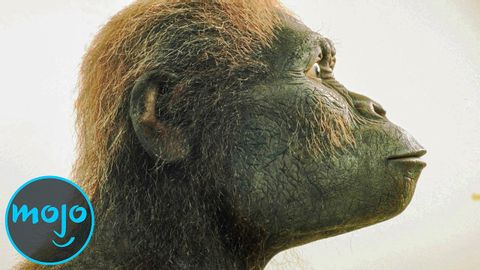人類の祖先トップ10 (Top 10 Human Ancestors)
林宜悉 が 2021 年 02 月 04 日 に投稿  この条件に一致する単語はありません
この条件に一致する単語はありませんUS /səbˈskraɪb/
・
UK /səb'skraɪb/
- v.t./i.(定期的なサービスに)申し込む : 予約をする : 予約金を払う
US /ɪˈvɛntʃuəli/
・
UK /ɪˈventʃuəli/
- v.t./i.出場する;計算する;思う;思う
- n.姿 : 体形;数字;人物像;図表;著名人;姿の輪郭;数字
US / dɪˈbet/
・
UK /dɪ'beɪt/
- n. (c./u.)討論;討論
- v.t./i.熟慮する;討論する
エネルギーを使用
すべての単語を解除
発音・解説・フィルター機能を解除
